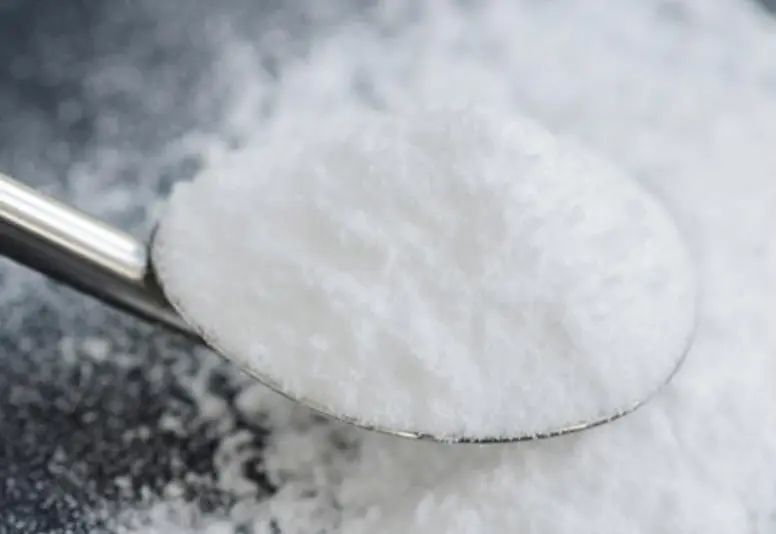Monosodium Phosphate in Food
Monosodium phosphate (MSP) is a food additive that is used as a buffering agent, emulsifier, and pH adjuster. It is a white powder that is soluble in water. MSP is made from phosphoric acid and sodium hydroxide.

MSP is used in a wide variety of foods, including:
Processed meats, such as hot dogs, ham, and sausage
Processed cheeses
Condensed milk
Instant pudding
Baked goods
Beverages
Pet food
MSP is used in processed meats to help retain moisture and color, and to improve texture and slicing properties. In processed cheeses, MSP is used to control pH and prevent the growth of bacteria. In condensed milk, MSP is used to prevent the formation of curds. In instant pudding, MSP is used to stabilize the texture and prevent the pudding from becoming too thick or thin. In baked goods, MSP is used to improve leavening and crumb structure. In beverages, MSP is used to adjust pH and improve flavor.
Is Monosodium Phosphate Safe?
MSP is considered to be safe for most people when consumed in moderation. However, some people may be sensitive to MSP and may experience side effects such as headaches, stomachaches, and diarrhea. MSP is also not recommended for people with kidney disease, as it can increase the amount of phosphorus in the blood.
The U.S. Food and Drug Administration (FDA) has set a limit of 7 grams per day for MSP consumption. This limit is based on the amount of MSP that can be safely consumed without experiencing side effects.
How to Reduce Your Exposure to Monosodium Phosphate
If you are concerned about your exposure to monosodium phosphate, there are a few things you can do to reduce your intake:
Avoid processed meats and cheeses.
Choose fresh or frozen fruits and vegetables over canned or processed versions.
Make your own baked goods instead of buying store-bought products.
Read food labels carefully and avoid products that list monosodium phosphate as an ingredient.
Alternatives to Monosodium Phosphate
There are a number of alternatives to monosodium phosphate that can be used in food processing. These alternatives include:
Sodium bicarbonate
Potassium bicarbonate
Calcium carbonate
Sodium citrate
Potassium citrate
Glucono-delta-lactone
Sodium lactate
Potassium lactate
The best alternative to monosodium phosphate will depend on the specific application. For example, sodium bicarbonate is a good alternative to monosodium phosphate in baked goods, while sodium citrate is a good alternative to monosodium phosphate in processed meats.
Conclusion
Monosodium phosphate is a food additive that is used in a wide variety of foods. It is considered to be safe for most people when consumed in moderation. However, some people may be sensitive to MSP and may experience side effects. If you are concerned about your exposure to monosodium phosphate, there are a few things you can do to reduce your intake, such as avoiding processed meats and cheeses, choosing fresh or frozen fruits and vegetables over canned or processed versions, and making your own baked goods instead of buying store-bought products. There are also a number of alternatives to monosodium phosphate that can be used in food processing.

Post time: Oct-16-2023










